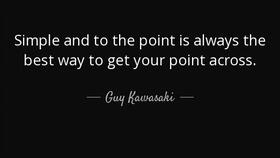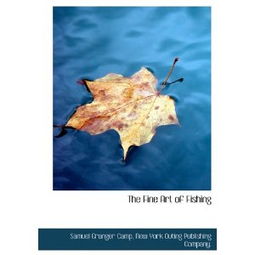Introduction:
Fishing is an age-old pastime that offers relaxation, tranquility, and the thrill of the catch. For新手 (newcomers) to the world of fishing, the prospect of casting a line and waiting for a bite can be both exciting and daunting. This article aims to provide a comprehensive guide for hand rod beginners, offering essential tips and techniques to help you get started on the right foot.
Choosing the Right Equipment:

Before you can start fishing, you'll need the right equipment. Here's what you should consider:
1. Rod and Reel:
- Rod: Choose a rod that is lightweight and comfortable to hold. The length of the rod should be based on the type of fish you're targeting and your personal preference.
- Reel: A spinning reel is often recommended for beginners due to its ease of use. Ensure the reel is properly matched to your rod.
2. Line:
- Use a monofilament line for beginners, as it's forgiving and easy to handle. The line size should match the type of fish you're aiming to catch.
3. Lures and Baits:
- Start with simple lures like spinners or worms. These are easy to use and can attract a variety of fish.
4. Tackle Box:
- Keep essential items like hooks, sinkers, swivels, and split rings in your tackle box for quick repairs and adjustments.
Learning the Basics:
1. Casting:
- Practice your casting technique to ensure you can accurately place your lure in the water. Start with short casts and gradually increase the distance.
- Pay attention to your grip, stance, and the angle of your rod to improve your casting accuracy.
2. Baiting:
- Learn how to properly attach your lure or bait to the hook. This is crucial to prevent snags and ensure the fish can take the bait easily.
3. Patience:
- Fishing requires patience. Learn to wait for the fish to bite rather than constantly reeling in and out.
Choosing the Right Location:
1. Water Type:
- Decide whether you want to fish in freshwater (like lakes and rivers) or saltwater (like oceans and seas). Each has its own set of fish and fishing techniques.
2. Location:
- Research the best spots for the type of fish you're targeting. Look for areas with structure, such as rocks, logs, or weed beds, where fish tend to congregate.
Understanding Fish Behavior:
1. Seasonal Patterns:
- Fish behavior can vary with the seasons. Learn about the migration patterns and feeding habits of the fish you're targeting.
2. Weather Conditions:
- Pay attention to weather conditions, as they can significantly impact fish activity. Overcast days or mild weather can be more productive for fishing.
Safety First:
1. First Aid Kit:
- Always carry a first aid kit with you, especially if you're going out alone.
2. Weather Awareness:
- Check the weather forecast before heading out and be prepared for changing conditions.
Etiquette and Conservation:
1. Leave No Trace:
- Always practice good fishing etiquette by keeping the area clean and respecting nature.
2. Conservation:
- Learn about conservation practices and be mindful of catch limits and size restrictions to ensure the fish population remains healthy.
Conclusion:
Fishing is a skill that takes time to develop, but with practice and patience, you can become a proficient angler. By following these essential tips, you'll be well on your way to enjoying the great outdoors and the rewarding experience of catching your first fish with a hand rod. Happy fishing!












